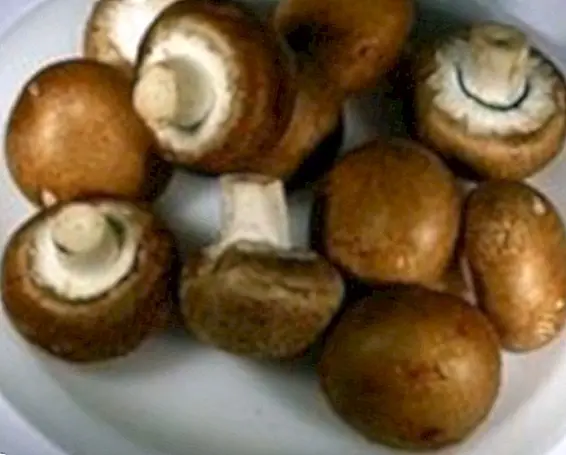How are normal and healthy stools
The stool, also known by the names of fecal matter Or simply faeces, consist of the set of both solid and liquid waste that are part of the final product of the digestion process. They are formed by the remains of food that are not absorbed by our digestive system, among which we can mention fibers and other components that ultimately are not useful for our body. We can also distinguish certain dead cells of the intestinal epithelium, which are descamated during the process of absorption of nutrients, as well as microorganisms and other substances that can pass through the intestinal epithelium.
In addition to discovering how many times is it normal to go to the bathroom, especially if we believe that we may have a problem or intestinal disease such as for example may be the constipation, as well It is very important to look at how the stool is when we go to the bathroom after having evacuated, since they can be an indication of the existence or not of any health problem (whether or not digestive or intestinal).

The color of the stool
On a previous occasion we already discovered the medical and clinical meaning of stool color, since the tonality that they present contributes information on a very great variety of medical and health elements of the individual: from their feeding to the ingestion of medicines or drugs, going through pathologies, hemorrhages or the presence of organic dysfunctions.
The color of normal or healthy stools have a medium brown tone, neither very dark nor very clear. However, if this tonality varies we must attend to the color they present. For example:
- Yellow or clay color: can indicate the presence of an infection or inflammation in the intestines, especially if mucus is observed in the stool. They also indicate the presence of a hepatobiliary obstruction, gastritis or gastroenteritis.
- Color black: they can indicate the existence of a hemorrhage of the upper digestive tract (small intestine or stomach), by the presence of a great consistency of tar.
- Red color: indicate the existence of hemorrhages located in the lower gastrointestinal tract.
The smell of feces
Although it is true that due to the existence of bacteria the faeces always have a bad smell, and that this varies depending on what we have eaten or drunk, Those very smelly stools can indicate the existence of some health problem, such as: malabsorption disorders, Crohn's disease, chronic pancreatitis, cystic fibrosis or celiac disease.
The correct texture and consistency of the stool
Healthy stools are usually well formed but have a smooth texture. In fact, when there are healthy stools one half tends to float and the other to sink. The existence of a small amount of mucus is also normal, but when it appears excessive and regular it can be an alarm signal.
When there are hard and dry stools there may be constipation, while loose, shapeless or watery stools indicate diarrhea.
Image | Casey Fleser



